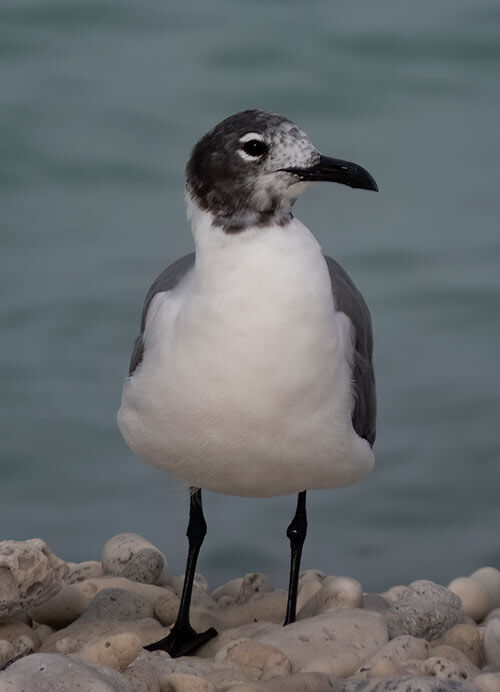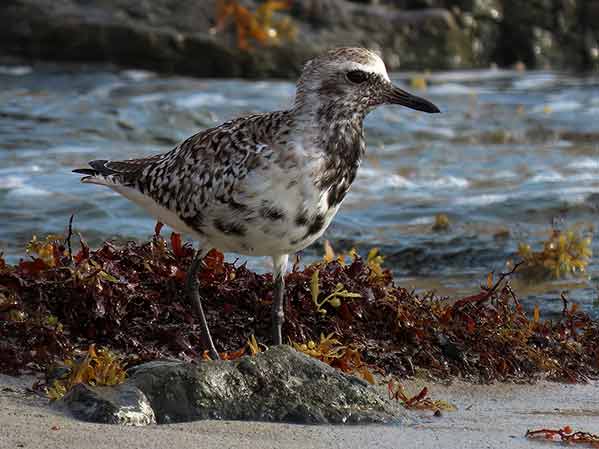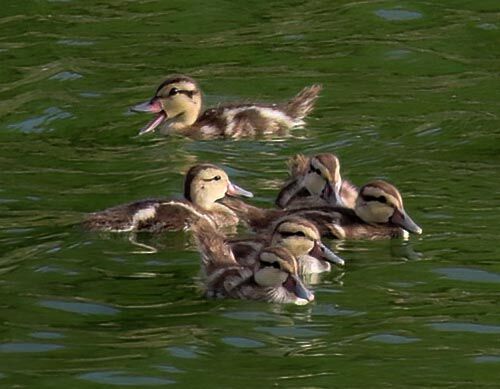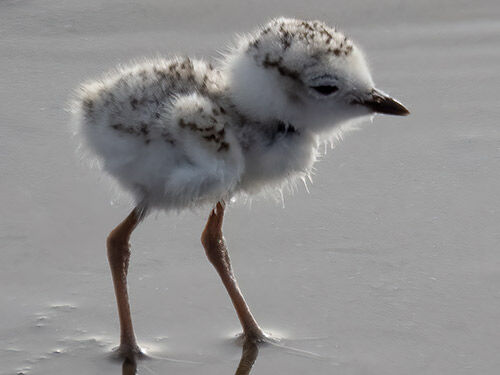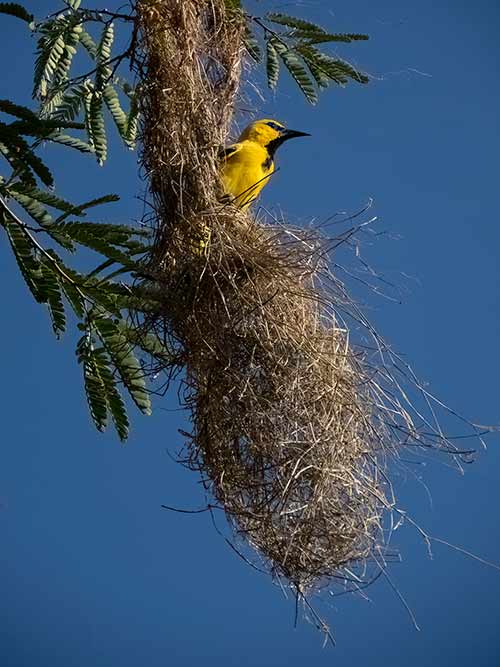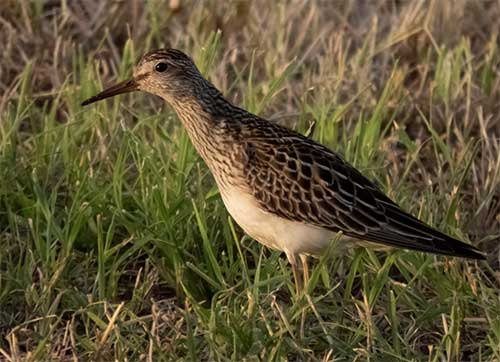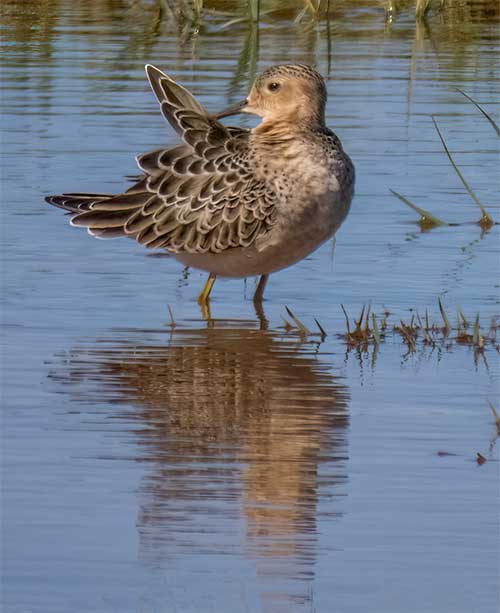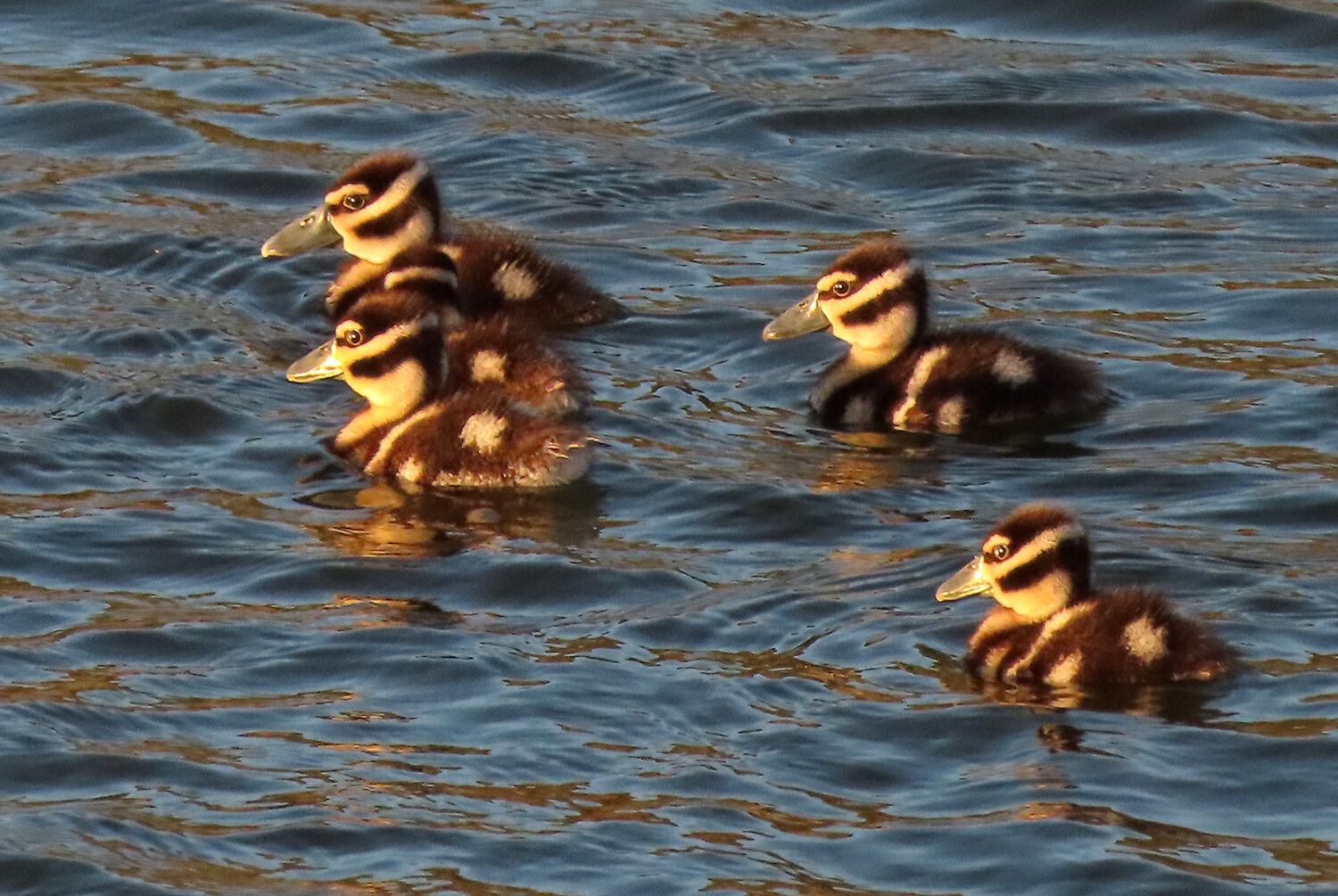When is the best time to bird on Bonaire?
The answer is: Anytime!
Posted January 29, 2023.
Bonaire Birding Seasons
I often get asked, “When is the best Bonaire birding season?” It is a difficult question to answer, because we have various birdwatching seasons on Bonaire, and each season, indeed each month, can offer a new opportunity for unique birding experiences!
Let’s take a look at what you might encounter–month by month–when birding on Bonaire.
January
In January, birders who like shorebirds will be in heaven on Bonaire when they see multiple species of sandpipers and other shorebirds overwintering along the coastlines or in the ponds. You might encounter some waders such as Red Knots, Sanderlings, or the peeps–Semipalmated Sandpipers, Western Sandpipers, or Least Sandpipers. Greater and Lesser Yellowlegs usually can be observed, and be on the lookout for Stilt Sandpipers, Wilson’s Snipes, Spotted Sandpipers, or Solitary Sandpipers (illustrated here).
February
By the third and/or fourth weeks of February, we might see the early arrival of some of our summer birds. Laughing Gulls will be the first to arrive, with the terns following by the end of the month or the beginning of March. Look for Sandwich Terns Cayenne, Least Terns, Common Terns, and an overall increase in the local population of Royal Terns, all of which seem to magically arrive seemingly overnight.
The Laughing Gull pictured here is molting into its breeding plumage. It can look different than the breeding plumage it will soon display when the entire head is covered in a deep black hood.
March
March is the beginning of spring migration when North American birds, which have hidden away from the cold of winter in the northern hemisphere by overwintering in South America, feel the call to procreate and they begin their journeys back to various locations in North America. Many migratory birds begin to molt into their breeding plumage as they start their northward journey so some of the over-wintering birds on Bonaire, as well as those which will pass through from South America, may look different than that to which we are normally accustomed. For example, the Red Knot pictured here has the beginnings of a cinnamon breast, while in January, it would have been white.
April
The northward spring migration continues in April, but we also see the beginning of the courtship of terns right here on Bonaire. Terns display several courtship behaviors, including the one pictured here, courtship feeding. The Least Tern male stands next to his chosen one, waving the fish from side to side like a flag. The size of the proffered fish is important to the female, as it indicates if the male will be a good provider for her chicks. If she signals her acceptance, he will hop on top of her, feed her the fish, and copulation then occurs.
The males of other tern species will “happy dance” in front of the desired female, with the offered fish held cross-wise in their bills, holding their heads erect, and holding their wings out and around the body like a skirt. If the male is shunned by the female, he will fly off to (hopefully) entice another female.
May
Birds continue to pass through Bonaire throughout May, including many terrestrials. Also, the remaining birds still over-wintering on Bonaire will be preparing to leave for North America as well, and they will be well on their way to molting into their more colorful breeding plumages. Pictured here you’ll see the Black-bellied Plover has already begun to display the intense black feathers on the cheek, throat, and chest. By the time the molt into breeding plumage is complete, the dense black will extend all the way to the belly, as the name of the bird implies.
In May, we also will see some of the island’s native birds begin to prepare for their own nesting season.
June
By June, any North American migrant species have left Bonaire. But the month heralds the beginning of the summer nesting season by resident birds. Large families of White-cheeked Pintails ducklings can be observed, as pictured here. Also, many of the terns will be on their nests, with parents taking turns incubating and protecting the eggs, while the other parent heads out to feed.
July
Those birds which were actively incubating eggs in their nests in June by now have their chicks! Baby Snowy Plovers will be out foraging for themselves within hours of hatching, but always under the watchful eye of one or both parents. Also, look for feeding of chicks by the breeding terns…..one parent will fly in, with a small fish in its mouth, and patiently wait for the chick to come out of hiding. Once the parent has fed the chick, it waits until the chick is well hidden once again, before flying off to repeat the task.
August
Things begin to get interesting again in August as we start to have early arrivals for the fall migration. Normally, the shorebirds are the first to be spotted in fall migration, including Short-billed Dowitchers, Spotted Sandpipers, Red Knots, Ruddy Turnstones, Least Sandpipers or Semipalmated Sandpipers, or even an occasional Solitary Sandpiper. Many of these shorebirds will still display remnants of their more colorful summer breeding plumage and might look very different from what birders are accustomed to seeing on Bonaire when observed in the winter months when their plumage is more monochromatic.
But some of Bonaire’s resident birds, such as the stunningly colored Yellow Oriole, will be preparing for their own nesting season to coincide with the upcoming rainy season on Bonaire (September through December) when food is generally abundant. Here you can see the Yellow Oriole weaving its intricate hanging nest.
September
More shorebirds will arrive, such as the Pectoral Sandpiper pictured here. But the visiting terns and gulls, which have spent the summer breeding and raising their chicks here on Bonaire, will begin to prepare to return home. Their intense breeding plumage colors will begin to molt into their less colorful non-breeding plumages. By mid-September, birders will be able to notice the lack of gulls and terns, but a few might stay yet through October.
October
Fall migration continues with the warblers beginning to show up as they pass through on their way to over-wintering grounds further south.
Also, some special shorebirds might arrive as well, including the Buff-breasted Sandpiper (pictured here), Upland Sandpipers, and American Golden Plovers. These shorebirds are not necessarily found in the normal locations on Bonaire, so keep your eyes peeled wherever you may go! For example, the American Golden Plovers prefer grassy areas, instead of the shoreline. Stay alert for these special migrants!
November
November means ducks! Remain vigilant in any freshwater rain ponds or even brackish salt ponds, as ducks, such as this Ring-necked Duck, might appear. Some ducks will be more difficult to identify, as they may have already molted out of their more familiar breeding plumage.
Fall migration can continue with the observations of some very nice migrants, but observations will slow down as the days of November pass.
December
By December, the migrant birds have mostly passed through to their final over-wintering grounds. Here on Bonaire, we still see plenty of North American shorebirds, along with some resident ones, as they wait out the cold of North America.
One December highlight is always the breeding time of Black-bellied Whistling Ducks, as we see many large families of ducklings in rain-water ponds around the island!
And suddenly, it’s the end of December with a wonderful year of birding behind us. Time to start all over again!
Birds in winter plumage on Bonaire might look different from what you are accustomed to seeing.
Colors and Patterns
Colors and patterns or markings can be exceptionally divergent within particular species, commonly ranging from vibrant and conspicuous during the breeding season to dull and camouflaged in the non-breeding season, when many of these birds are observed on Bonaire. If you normally bird in the northern hemisphere, you will find that the intense colors and patterns flaunted while trying to entice mates will vanish and be supplanted by monochromatic colors.
Sounds
Although various bird vocalizations are used year-round, migratory birds usually only sing while they are nesting or while they are migrating toward the breeding grounds.
Size and Shape
The size of the bird, along with its general shape will not greatly change between breeding summer plumage and non-breeding winter plumage. Therefore, they are both useful tools for bird identification throughout a species’ range.
It is easy to note the changes between non-breeding plumage and breeding plumage in the images of the Spotted Sandpiper illustrated here.
On the left, you’ll see the non-breeding winter plumage, and this is what we normally see on Bonaire. On the right, you’ll see a Spotted Sandpiper just before it left Bonaire to fly to its breeding grounds, and the differences are easy to see: A change in color of the bill and legs, a more intense “eyebrow,” and spots on the chest and belly. Additionally, the overall color of the sandpiper has gone from a dull brown to a more mate-pleasing chestnut color.
So exactly when is the best time for birdwatching on Bonaire?
Anytime! As you can now easily understand, birding is great on Bonaire any time of the year! Of course, if you have a preference for exactly what you’d like to experience, then plan your visit to coincide with the right birdwatching season on Bonaire to enjoy all that Bonaire birding has to offer!
(Images courtesy of the author.)
Related Posts
Sign up to receive notifications when a new article is posted.
About the author:
 Susan has been living on Bonaire for over 30 years. She is a certified bird guide, as well as a topside and underwater photographer. She is a 2016 graduate of the Caribbean Birding Trail Interpretive Guide Course conducted by BirdsCaribbean.
Susan has been living on Bonaire for over 30 years. She is a certified bird guide, as well as a topside and underwater photographer. She is a 2016 graduate of the Caribbean Birding Trail Interpretive Guide Course conducted by BirdsCaribbean.
Reach out to Susan
Contact Susan via email, Facebook Messenger, give Susan a call, or simply use the online form below.
If you have any questions in regard to your birding tour on Bonaire, feel free to contact Susan to get answers. She is always happy to elaborate on routes or best times for a tour based upon your own personal preferences. Tours can be tailored to your own interests, whether that be birds, photography, or both!
It is also recommended that you do some homework about Bonaire's birds before you visit. By knowing a little bit about the birds which might be encountered on tour, your enjoyment will be heightened! Be sure to check out these resources for Bonaire Birding. Reading the Bonaire Bird Blog will also accustom you to the birds that habitually are encountered on Bonaire.
Facebook Messenger
Get in touch via Facebook Messenger
Telephone
Get In Touch
Get in touch with Susan to check availability for the dates you are visiting Bonaire.
Consent: By using this form you agree with the storage and handling of your data by this website.


